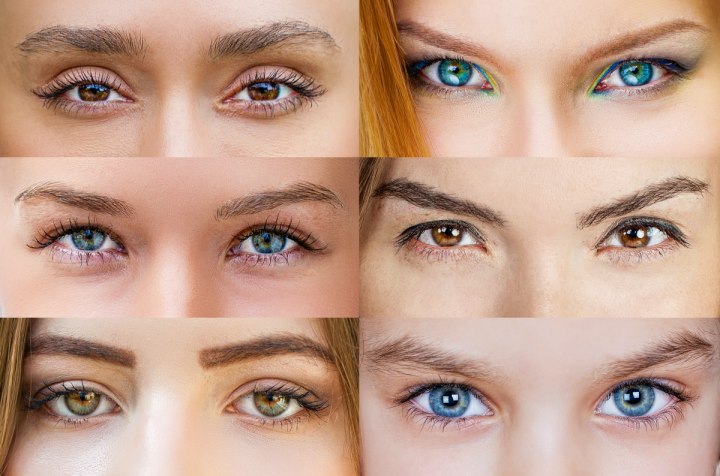Eyelash and Eyebrow Tinting Services (2)

The cost of these services is relatively inexpensive, but the damage that can occur from a careless application or an untrained technician can be irreparable.
Most of these precautions are common sense, but many women are often intimidated by the hairdressers they visit, particularly if they are new to the salon, or often they find themselves rushed through and feel they have no opportunity to speak up.
Only recently has the technique of dyeing the lashes and eyebrows become popular in the US. This is in part due to the warnings of the United States Food and Drug Administration. According to a February 1995 article, in 1933, a product that was being used to dye eyelashes caused allergic reactions in many women. Two women, in particular, suffered particularly harsh reactions – one becoming permanently blind, and the other dying as a result of exposure to the product.
This prompted considerable controversy in the legislative branch of government (which had at that time no authority established to restrict cosmetic products) and five years later, the Food, Drug, and Cosmetic Act was passed. The product responsible for the reactions and causing the uproar was confiscated.
Since that time, the FDA has continuously warned the public against using coal-tar dyes on the eyebrows and lashes, since such use could cause serious, permanent damage to the eyes, including blindness. It should be noted, however, that the salons and spas that offer these services are not violating any laws, unless they claim that any of the products being used are FDA-approved for the purpose of tinting the lashes or brows.

While the number of cases of reactions has been minimal, and the products being used are formulated differently to be milder for use in these delicate areas, the FDA has not approved any hair-dyes for use around the eyes. While no products currently bear the approval of the FDA for the purpose of dyeing the eyelashes and eyebrows, there are specific products or rather specific ingredients that are used in some lash and brow dyes that are actively being banned from import into the United States. The ingredient is called Kohl, but is also known as Kajal, Al-Kahl, or Surma.
This substance has been directly linked to increased levels of lead in children and is being condemned as a lead-poisoning hazard. According to the FDA, products containing kohl (or kajal, al-kahl, or surma) are NOT allowed in the United States. Many of the products containing these substances are imported from parts of Africa, the Middle East, Iran, Pakistan, and India, kohl now sometimes appears in Europe and North America, especially in some Middle Eastern and Asian specialty markets. Some of these products are falsely labeled as being “FDA Approved”, but it should be remembered that NO product for dyeing eyelashes or eyebrows has that distinction.
***Note: There are many cosmetic products that include the word “kohl” to indicate the specific color shade. In some cases, this is merely a color reference, and the product is perfectly safe and legal in the US. However, you should make sure to check any such product for ingredient listings and verify that there are none of the kohl, kajal, al-kahl, or surma ingredients in the product, especially if the product is purchased from a specialty shop that imports products from the Middle East or Asia.
©Hairfinder.com
See also:
Should your hair color match your eyebrows?
Can I color my eyebrows?
Shapes for eyebrows